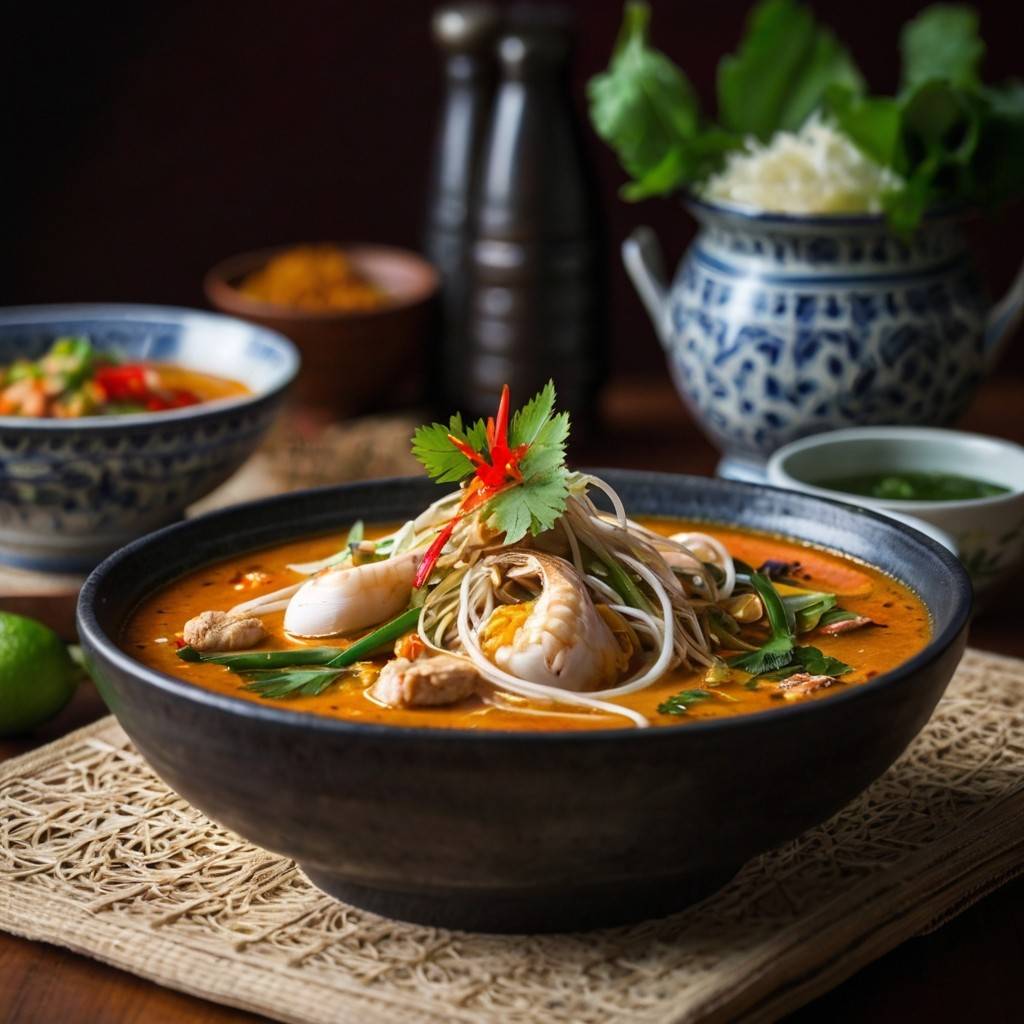Popular Thai Restaurant in US: A Culinary Journey!

Popular Thai restaurants in the United States include “Jasmine Thai” in Los Angeles and “Siam Rice” in New York City. These establishments offer authentic dishes that celebrate Thai cuisine’s rich flavors. Thai cuisine has gained immense popularity across the United States, attracting food lovers with its vibrant flavors and aromatic spices. Many restaurants serve classics […]
